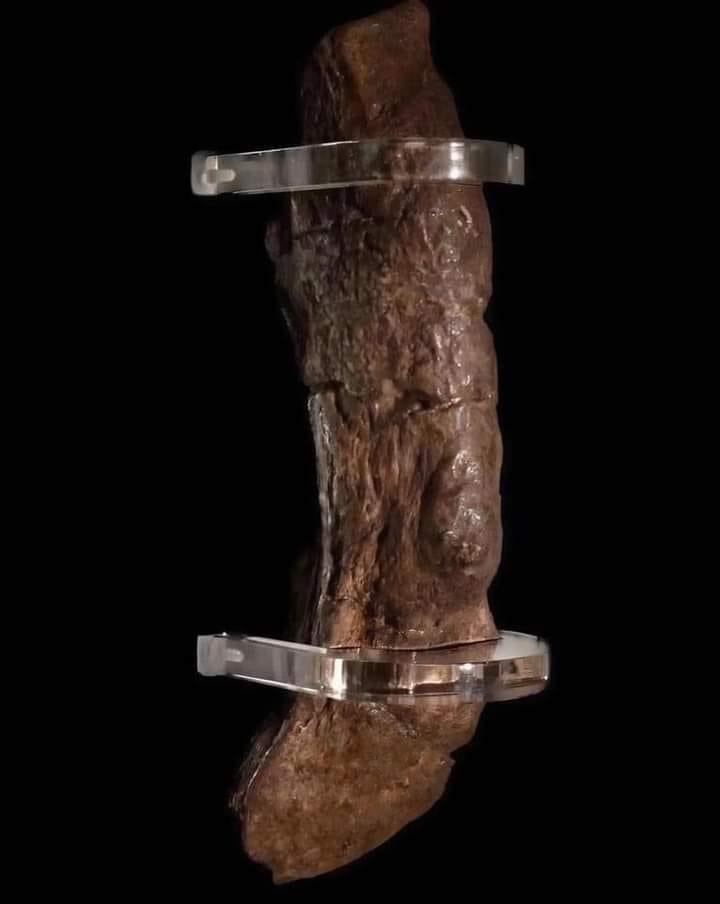Ancient viking’s fossilised faeces fetches $39,000, reveals clues to sickly life
In a peculiar yet fascinating discovery, a 1,200-year-old fossilised faeces has been valued at $39,000, shedding light on the life of a sickly Viking in 9th Century AD. The extraordinary artifact, known as the Lloyds Bank Coprolite, measures 8 inches long and 2 inches wide, making it the largest recorded in human history.
Unearthed in 1972 by construction workers in York, northwest England, the ancient log was found in an area once ruled by Norse warriors. Its name is derived from the institution Lloyds Bank, where it was discovered during the building of a new branch.
Dr. Andrew Jones, a paleoscatologist, appraised the piece in 1991, declaring it “as irreplaceable as the Crown Jewels.” The extensive examination revealed that the Viking’s diet consisted mainly of meat and bread, and that they suffered from various gastrointestinal problems due to a gut full of parasites, including Whipworm and Maw-worm eggs.
Today, the remarkable relic resides in a glass box at the Jorvik Viking Centre in York, England, where it has become a prized exhibit. Despite a mishap in 2003 when visitors accidentally broke it into three pieces, the log has been repaired and remains a significant artifact.
The Centre even hosted a virtual workshop, “Poo Day!”, to celebrate the dung’s significance and share its fascinating story with enthusiasts.
This ancient faeces may seem like an unusual treasure, but its value lies in the insights it provides into the life and health of our ancestors. As a unique window into the past, the Lloyds Bank Coprolite is a true historical gem.
Follow the Neptune Prime channel on WhatsApp: https://whatsapp.com/channel/0029Va74ZvU2v1IqKByXoX3d
Do you have breaking news, interview request, opinion, suggestion, or want your event covered? Email us at neptuneprime2233@gmail.com


